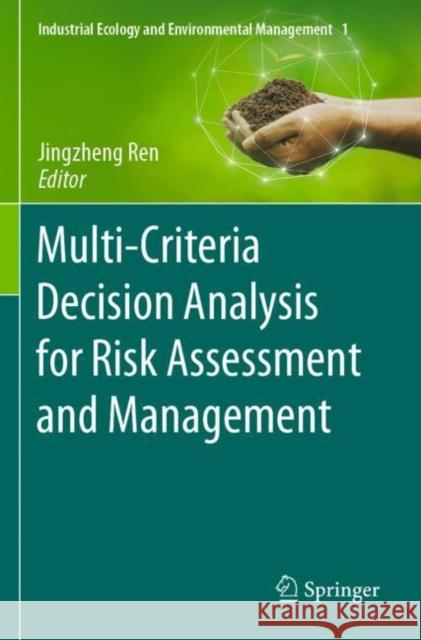Multi-Criteria Decision Analysis for Risk Assessment and Management » książka
Multi-Criteria Decision Analysis for Risk Assessment and Management
ISBN-13: 9783030781545 / Angielski / Miękka / 2022 / 252 str.
Multi-Criteria Decision Analysis for Risk Assessment and Management
ISBN-13: 9783030781545 / Angielski / Miękka / 2022 / 252 str.
(netto: 537,98 VAT: 5%)
Najniższa cena z 30 dni: 539,74
ok. 22 dni roboczych
Dostawa w 2026 r.
Darmowa dostawa!
This book provides in-depth guidance on how to use multi-criteria decision analysis methods for risk assessment and risk management. The frontiers of engineering operations management methods for identifying the risks, investigating their roles, analyzing the complex cause-effect relationships, and proposing countermeasures for risk mitigation are presented in this book.There is a total of ten chapters, mainly including the indicators and organizational models for risk assessment, the integrated Bayesian Best-Worst method and classifiable TOPSIS model for risk assessment, new risk prioritization model, fuzzy risk assessment under uncertainties, assessment of COVID-19 transmission risk based on fuzzy inference system, risk assessment and mitigation based on simulation output analysis, energy supply risk analysis, risk assessment and management in cash-in-transit vehicle routing problems, and sustainability risks of resource-exhausted cities.The most significant feature of this book is that it provides various systematic multi-criteria decision analysis methods for risk assessment and management, and illustrates the application of these methods in different fields. This book is beneficial to policymakers, decision-makers, experts, researchers and students related to risk assessment and management.
This book provides in-depth guidance on how to use multi-criteria decision analysis methods for risk assessment and risk management. The frontiers of engineering operations management methods for identifying the risks, investigating their roles, analyzing the complex cause-effect relationships, and proposing countermeasures for risk mitigation are presented in this book. There is a total of ten chapters, mainly including the indicators and organizational models for risk assessment, the integrated Bayesian Best-Worst method and classifiable TOPSIS model for risk assessment, new risk prioritization model, fuzzy risk assessment under uncertainties, assessment of COVID-19 transmission risk based on fuzzy inference system, risk assessment and mitigation based on simulation output analysis, energy supply risk analysis, risk assessment and management in cash-in-transit vehicle routing problems, and sustainability risks of resource-exhausted cities. The most significant feature of this book is that it provides various systematic multi-criteria decision analysis methods for risk assessment and management, and illustrates the application of these methods in different fields. This book is beneficial to policymakers, decision-makers, experts, researchers and students related to risk assessment and management.











